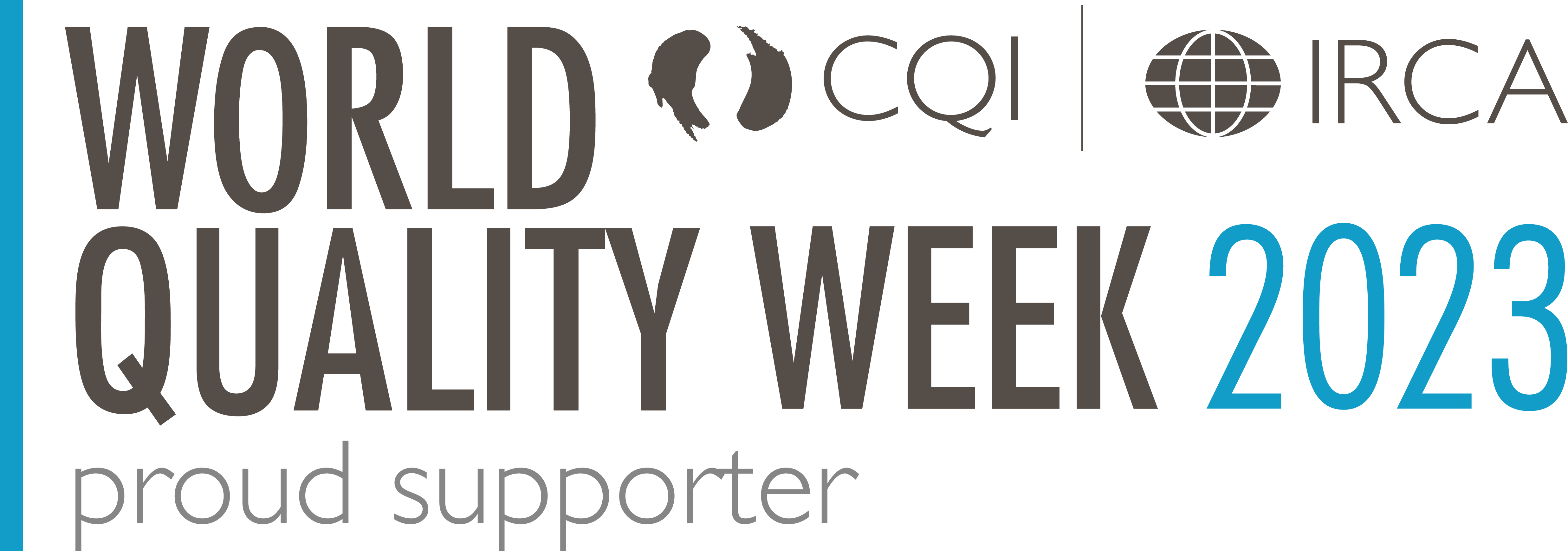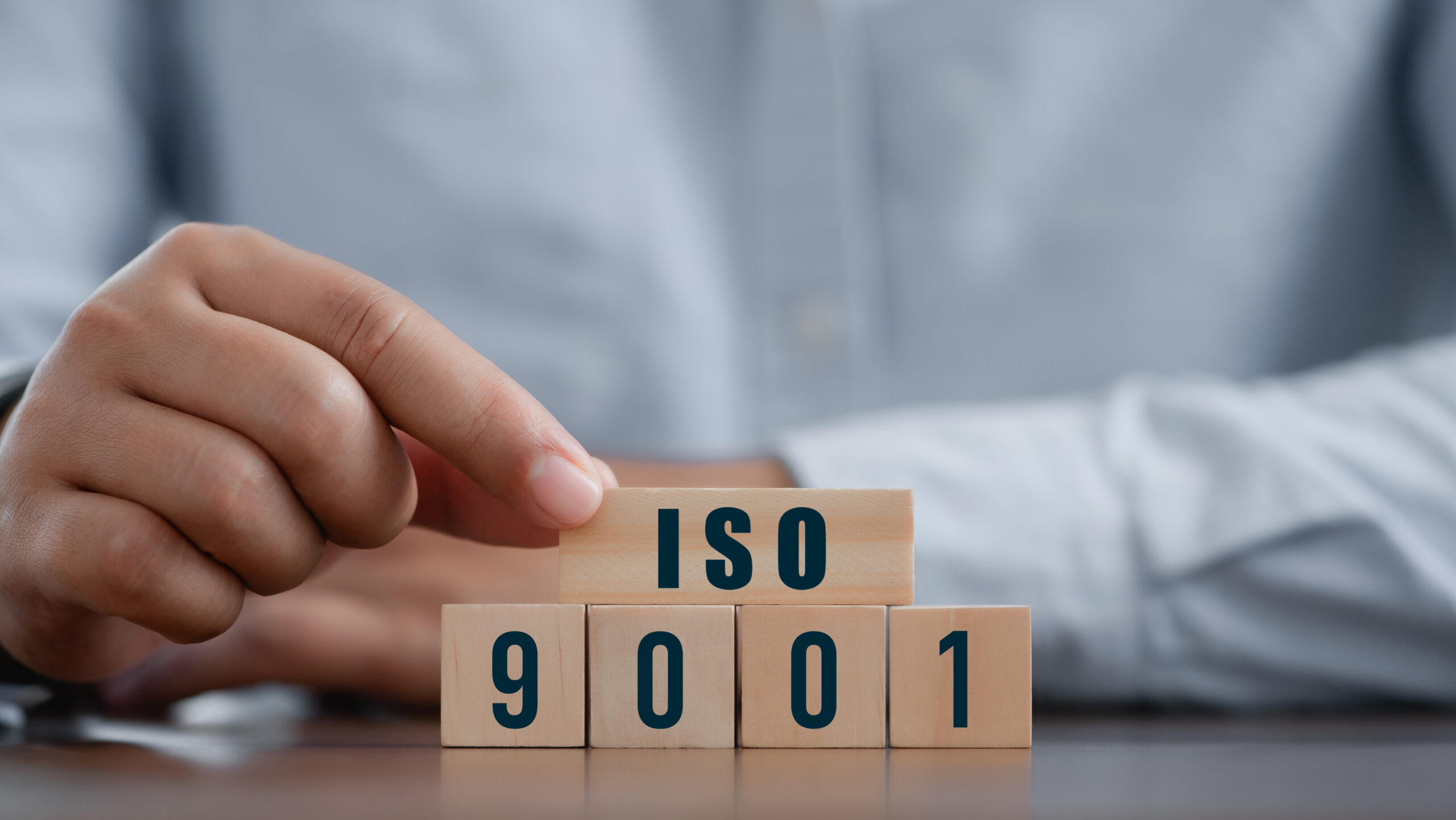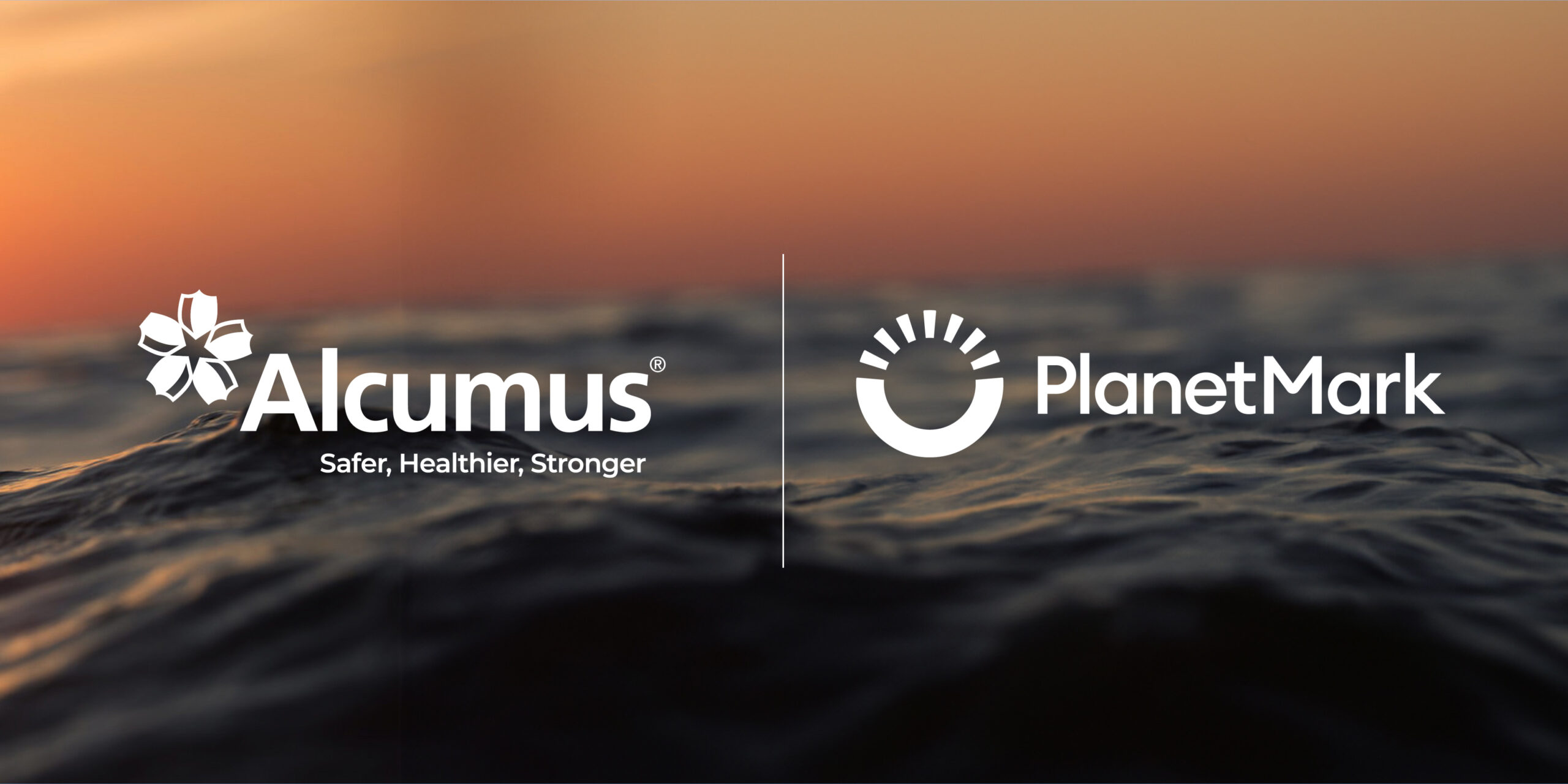In our new whitepaper, co-produced with the Chartered Institute of Procurement & Supply (CIPS), we explore how supply chain visibility has increasingly become a top strategic business priority and how organisations can play an active role in solving the common headaches of compliance.
Based on research[1] of senior supply chain professions from 456 organisations in the UK, this blog looks at the key findings of the whitepaper, challenges for businesses and how to effectively manage these risks.
Supply chain risks increase
Although risk has always been part of the supply chain, alongside the more traditional and longer-recognised supplier risks new threats during the last two years have exposed the vulnerabilities of many organisations.
From Brexit, a pandemic, to rising costs of living, each has illustrated just how exposed both domestic and international supply chains are to disruption, increasing 88% year-on-year[1] (2021). In fact, over three-quarters[1] of businesses have encountered instances where supplier performance has adversely affected their own operations in the past year and 15%[1] seeing their share price suffer as a result of supplier failings.
ESG – no longer a nice-to-have, but a must do
At the same time, there are increasing pressures across a range of Environmental, Social and Governance (ESG) factors such as delivering social value and improving sustainability and climate change impacts.
Large organisations are already moving rapidly forward with ESG, with many smaller ones following suit, and those who are not acting now will fall behind.
Our research clearly shows that while health, safety and quality criteria in pre-qualification assessments of organisations supply chain are high at 90%[1], 80%[1] include environmental, cyber security and financial elements, while 66%[1] also include modern slavery.
This combination of compliance risk and ESG factors have elevated the supply chain and procurement function into a position of prominence that it has rarely enjoyed previously.
Visibility of data across the supply chain
With an appetite from businesses wanting to deliver real-time risk insights, evolve fast and digitise manual processes to connect people, processes and data, insight and visibility means that organisations can make more intelligently informed decisions, take positive action and drive constructive change.
But despite supplier visibility rising to become a top strategic priority for global companies:
- 69%[1] admit that they do not have total visibility over their supply chains
- 40%[1] of businesses with more than 250 employees have found it more difficult to verify the credentials of their supply chain over the past two years
- a lack of transparency around information, and human error, were both cited by 44%[1] of respondents
- while other challenges[1] included an inability to report on data and lack of dedicated resource and not enough budget
With limited visibility into the credentials of suppliers and contractors, businesses are left more exposed to fines, investor scrutiny, falling shareholder value and poor performance.
While some organisations conduct checks and verify information effectively, a lot will not
Not surprisingly, for those organisations that do conduct pre-qualifications and verification, it can be a significant undertaking and spend. For those businesses handling verification in-house, an average of three people[1] tend to be involved, with the figure rising to five[1] people for 59%[1] of the largest businesses.
An average of an hour[1] is spent verifying each supplier, equating to approximately 100 hours[1] in total for businesses with 251-500 employees, and 300 hours[1] for businesses with more than 1,000 employees.
Taking action and next steps
By using technology and having a robust supply chain compliance system, organisations can gain the visibility they need into their supplier and contractor base, make more informed decisions about which suppliers to use and what action to take where there are concerns.
Procurement and supply chain leaders need to act now to protect their business by:
- identifying the areas that are most important to your business e.g. tracking sustainability, demonstrating social value or conducting financial due diligence
- embedding a robust and consistent method to onboard suppliers to the appropriate depth of risk
- sharing visibility across your organisation and report on the metrics that are most important to you
Those who fail to manage their supply chains effectively will have a higher risk potential that costs money, risks brand reputation and has financial implications in lost productivity.
To gain insights into supply chain risks and pinpoint problem areas, Alcumus has launched a ‘Risk Barometer’ to help small and large businesses effectively manage these risks.
You can also register for free to join Alcumus in an upcoming webinar taking place Thursday 23rd June at 11am BST, where the findings of the research will be discussed and the practical steps to effectively manage supply chain risks.
[1]Alcumus/CIPS Whitepaper: Common headaches with supply chain compliance… and how to solve them






